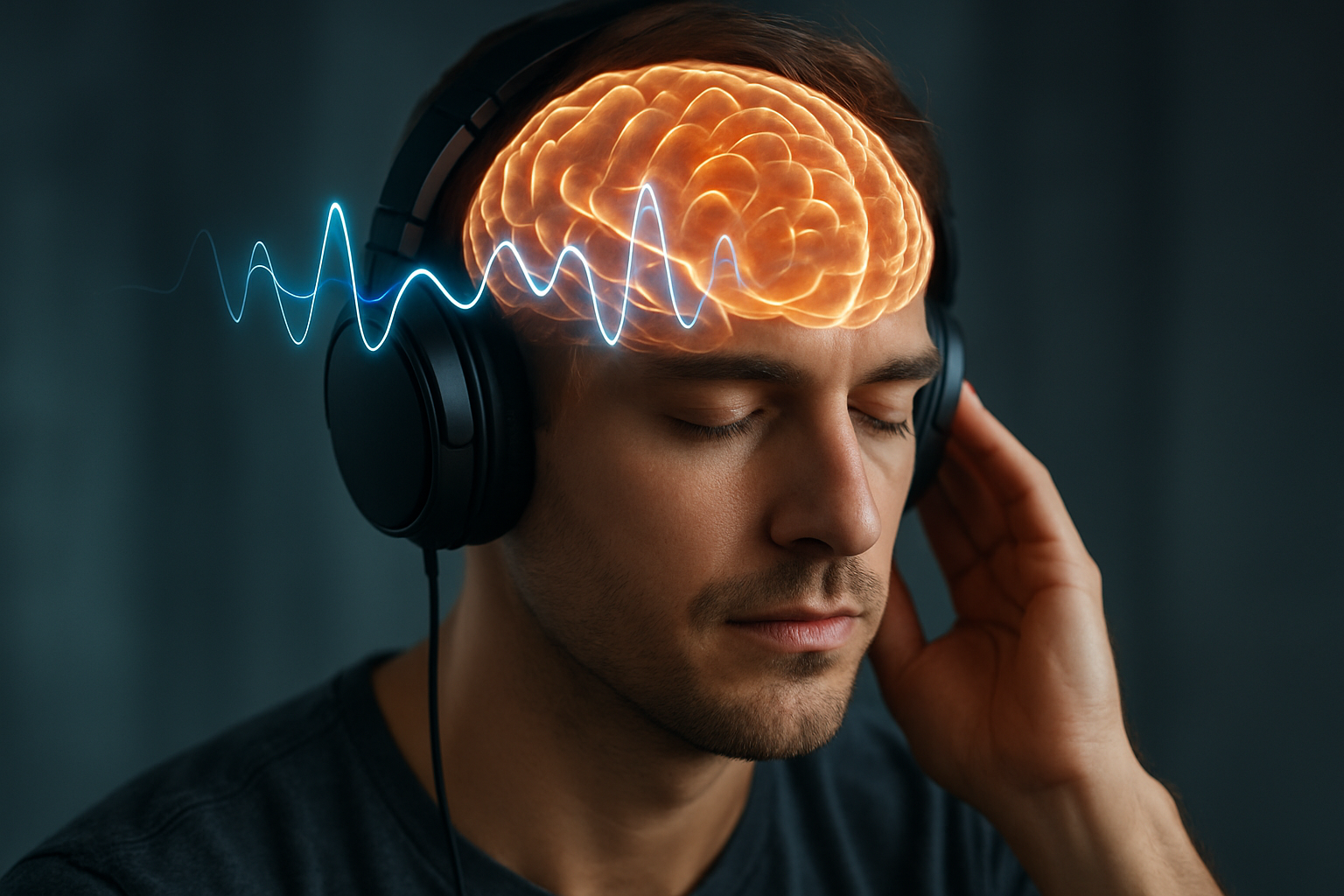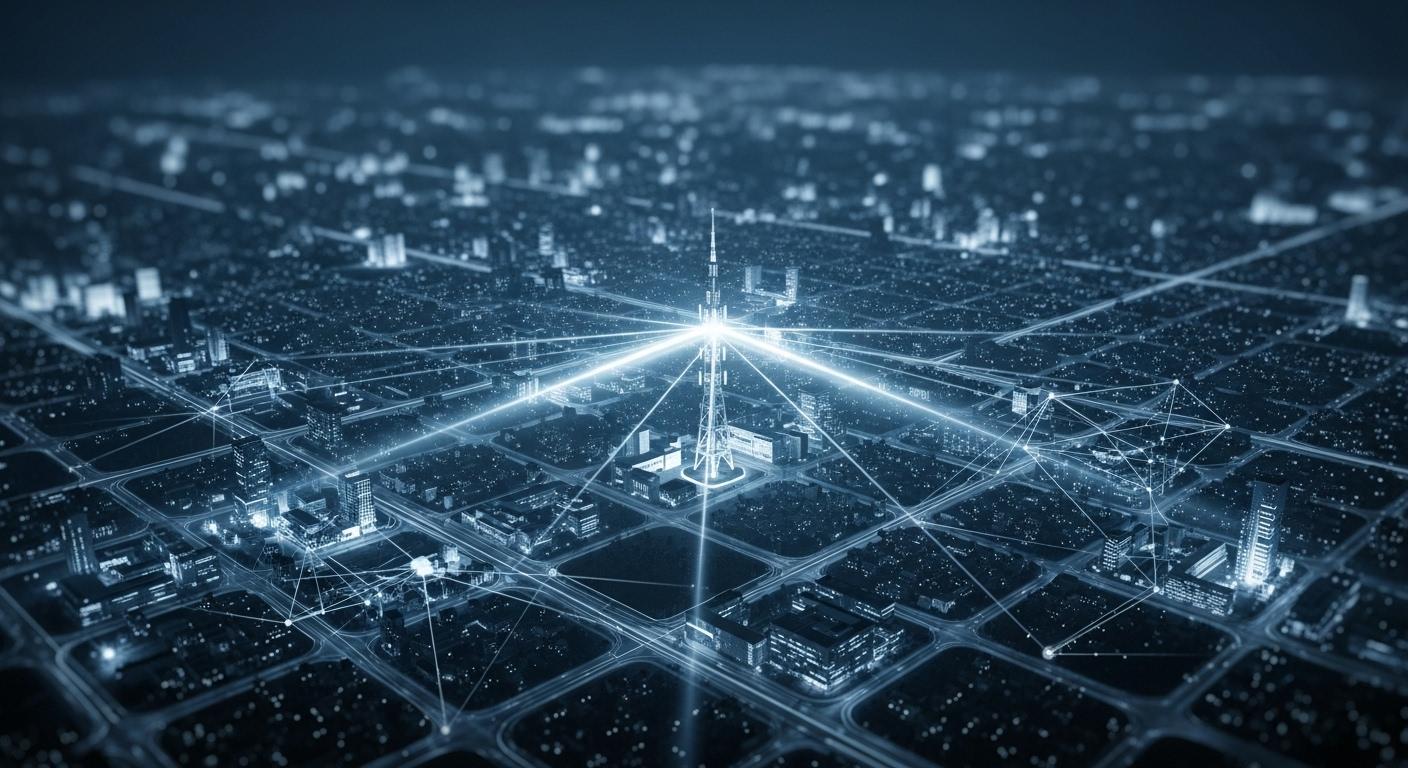Sonic Subcultures: The Hidden World of Autonomous Sensory Meridian Response
The gentle tapping of fingernails on wood, the soft crinkle of paper, or the hushed whisper of a soothing voice - these seemingly mundane sounds are sparking a revolution in how we experience relaxation and connection. Welcome to the intriguing realm of Autonomous Sensory Meridian Response (ASMR), a phenomenon that's reshaping our understanding of sensory experiences and digital intimacy. Read below to delve into this captivating subculture that's quietly transforming the landscape of wellness and online communities.

The origins of ASMR as a recognized phenomenon can be traced back to online forums where individuals began discussing their experiences with these peculiar tingles. As discussions grew, so did the curiosity surrounding this sensory experience. Early ASMR content creators, known as ASMRtists, began experimenting with various triggers, uploading videos to YouTube that featured whispers, tapping, and personal attention scenarios.
The Science Behind the Tingles
While ASMR has gained significant popularity, scientific research on the topic is still in its infancy. However, preliminary studies have begun to shed light on the neurological and physiological aspects of this phenomenon. A 2018 study published in PLOS One found that individuals experiencing ASMR showed significant reductions in heart rate while watching ASMR content, suggesting a relaxation response.
Neuroimaging studies have also provided insights into the brain activity associated with ASMR. Research conducted at the University of Sheffield in 2018 revealed that those who experience ASMR showed significant activation in brain areas related to reward and emotional arousal. These findings suggest that ASMR may have similarities to the brain mechanisms involved in social bonding and grooming behaviors observed in other primates.
The Rise of Digital Intimacy
One of the most intriguing aspects of ASMR is its role in fostering a new form of digital intimacy. In an increasingly disconnected world, ASMR content often simulates personal attention and care, creating a sense of closeness between content creators and viewers. This phenomenon has led to the development of a unique online community where individuals seek comfort, relaxation, and connection through shared sensory experiences.
ASMR videos often feature scenarios such as haircuts, medical examinations, or simply someone speaking softly directly to the camera. These simulated interactions tap into fundamental human needs for attention and care, providing a form of parasocial relationship that many find soothing and comforting. This digital intimacy has become particularly significant in times of social isolation, offering a sense of connection and comfort to those who may be physically alone.
ASMR as a Wellness Tool
As ASMR has gained recognition, its potential applications in wellness and mental health have come under scrutiny. Many individuals report using ASMR content to alleviate symptoms of anxiety, insomnia, and stress. While more rigorous scientific studies are needed, anecdotal evidence suggests that ASMR may have therapeutic benefits for some individuals.
Some mental health professionals have begun incorporating ASMR-inspired techniques into their practices. For instance, mindfulness exercises that focus on gentle sounds or tactile sensations share similarities with ASMR triggers. The potential of ASMR in pain management has also been explored, with some chronic pain sufferers reporting temporary relief while experiencing ASMR sensations.
The ASMR Economy
The growing popularity of ASMR has given rise to a unique digital economy. Successful ASMRtists can amass millions of followers and generate significant income through advertising revenue, sponsorships, and crowdfunding. This has led to the professionalization of ASMR content creation, with some creators investing in high-quality microphones, cameras, and props to enhance the sensory experience for their viewers.
The ASMR market has expanded beyond video content. ASMR-inspired products such as specialized microphones, textured objects for tapping, and even ASMR-themed spa treatments have emerged. This commercialization of ASMR reflects its transition from a niche internet subculture to a recognized part of mainstream wellness and entertainment industries.
Cultural Impact and Future Directions
As ASMR continues to evolve, its influence is increasingly visible in mainstream media and art. References to ASMR have appeared in television shows, commercials, and music videos, indicating its growing cultural significance. Artists and musicians have also begun incorporating ASMR-inspired elements into their work, exploring new ways of engaging sensory experiences in creative expression.
Looking to the future, the potential applications of ASMR extend into various fields. In education, ASMR techniques could be used to create more engaging and relaxing learning environments. In healthcare, further research may reveal more concrete applications for ASMR in managing stress, anxiety, and sleep disorders. As virtual and augmented reality technologies advance, the possibilities for creating immersive ASMR experiences are boundless.
The phenomenon of ASMR represents a fascinating intersection of sensory experience, digital culture, and human connection. As research continues and the community grows, ASMR may offer new insights into neuroscience, psychology, and the evolving nature of human interaction in the digital age. Whether experienced as a pleasant tingling sensation or simply enjoyed as a relaxing form of content, ASMR has undoubtedly left its mark on contemporary culture, whispering its way into the mainstream consciousness.





